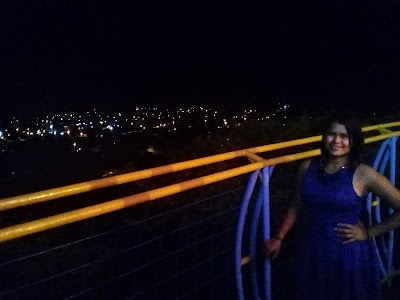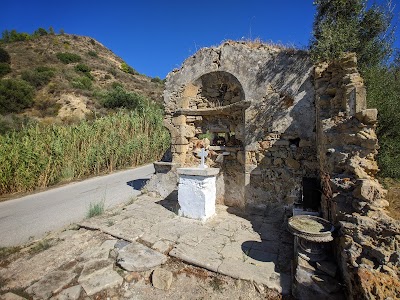Santa María de Nueva Segovia Ruins (Ruinas de Santa María de Nueva Segovia)
Overview
In the heart of Nicaragua's lush and verdant landscape lies the historic site of Ciudad Nueva Segovia, once known as Santa María de la Esperanza. This was the first city founded by Spanish explorers in the region, and its ruins, now referred to as the Ruinas Santa María de la Esperanza, tell a captivating tale of ambition, struggle, and eventual abandonment.
The story of Nueva Segovia begins in the early 16th century when Spanish conquistadors arrived in Nicaragua, driven by a quest for new territories and treasures. The city was established in 1524 by the Spanish explorer Francisco Hernández de Córdoba, who sought to create a foothold for Spain in this promising land. Nestled near the banks of the Coco River, the site was strategically chosen for its fertile lands and accessibility for trade and transport.
Constructing the city was no small feat. The settlers, equipped with European tools and techniques, built fortifications to defend against potential attacks from indigenous tribes. They erected churches, houses, and administrative buildings using local materials such as stone, wood, and adobe. This architectural style reflected a blend of Spanish colonial design with local influences, creating a unique aesthetic that harmonized with the surrounding natural beauty.
Despite their efforts, life in Santa María de la Esperanza was fraught with challenges. The settlers faced fierce resistance from indigenous groups, who were protective of their lands. Additionally, the city's remote location posed logistical difficulties, particularly in supplying food and other essentials. Diseases introduced by the Europeans further devastated the population, complicating the settlers' attempts to establish a thriving community.
After only a few decades, the struggles proved insurmountable. In the mid-16th century, the city was abandoned as settlers moved to more hospitable areas. What was once a bustling settlement quickly fell into ruins, reclaimed by the encroaching jungle. Over the centuries, churches, homes, and roads were gradually consumed by vegetation, leading to the near-forgetting of this once-vibrant community.
In recent years, significant efforts have been made to uncover and preserve the remains of Santa María de la Esperanza. Archaeologists have meticulously excavated portions of the site, revealing remnants of the city's structures and artifacts that provide valuable insights into the lives of its early inhabitants. Though sparse, the ruins serve as a poignant reminder of the city's brief existence and the formidable challenges faced by those who tried to make it their home.
Today, the Ruinas Santa María de la Esperanza stand as a significant cultural heritage site in Nueva Segovia, Nicaragua. Visitors and historians are drawn to the ruins not only for their historical importance but also for the compelling stories they convey. The site reflects the bravery and determination of the Spanish settlers, the resilience of the indigenous people, and the powerful force of nature that ultimately reclaimed the land.
In many ways, the ruins are a testament to the complex history of Nicaragua, characterized by conquests, conflicts, and the melding of diverse cultures. They remind us of the impermanence of human endeavors and the enduring beauty of the natural world. As we walk among the ruins today, we can almost hear the echoes of voices, feel the hopes and despairs of those who once called Santa María de la Esperanza their home, if only for a fleeting moment in time.







